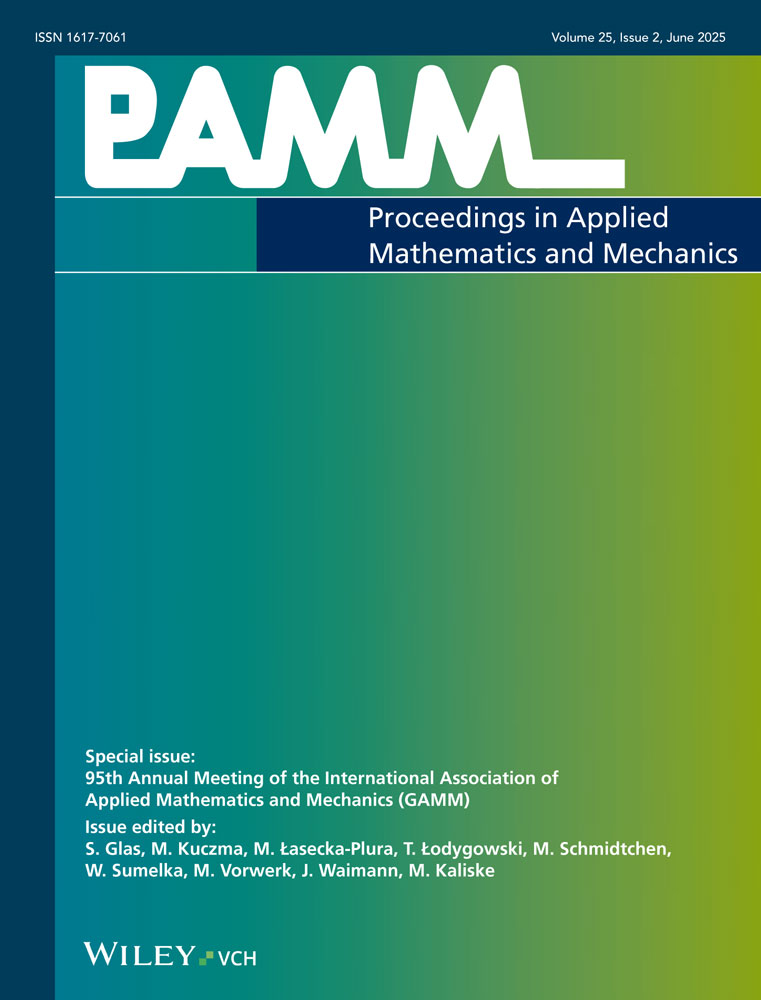Multiscale modelling of skeletal muscle tissue by incorporating microstructural effects
Abstract
The macroscopic mechanical response of skeletal muscle tissue is mainly influenced by the properties and arrangement of microstructural elements, such as, for example, sarcomeres and connective tissue. Like for many biological materials, the mechanical properties of skeletal muscle tissue can vary quite significantly between different specimens like, for example, different persons or muscle types. Current state-of-the-art continuum-mechanical muscle models often lack the ability to take into account such variations in a natural way. Further, phenomenological constitutive laws face the challenge that appropriate material parameter sets need to be found for each tissue variation.
Thus, the present work aims to identify the microstructural features and parameters governing the overall mechanical response and to incorporate them into a macroscopic material model by applying suitable homogenisation methods. The motivation hereby is that the estimation of material parameters for microstructures, such as collagen fibres, can be done in a more reliable and general way and that fluctuations between specimens are included by, for example, adapting the alignment of the collagen fibres inside the muscle. Moreover, instead of computationally expensive homogenisation methods like FE2, this work proceeds from well-founded analytical homogenisation techniques in order to keep the model as simple as possible. (© 2016 Wiley-VCH Verlag GmbH & Co. KGaA, Weinheim)




